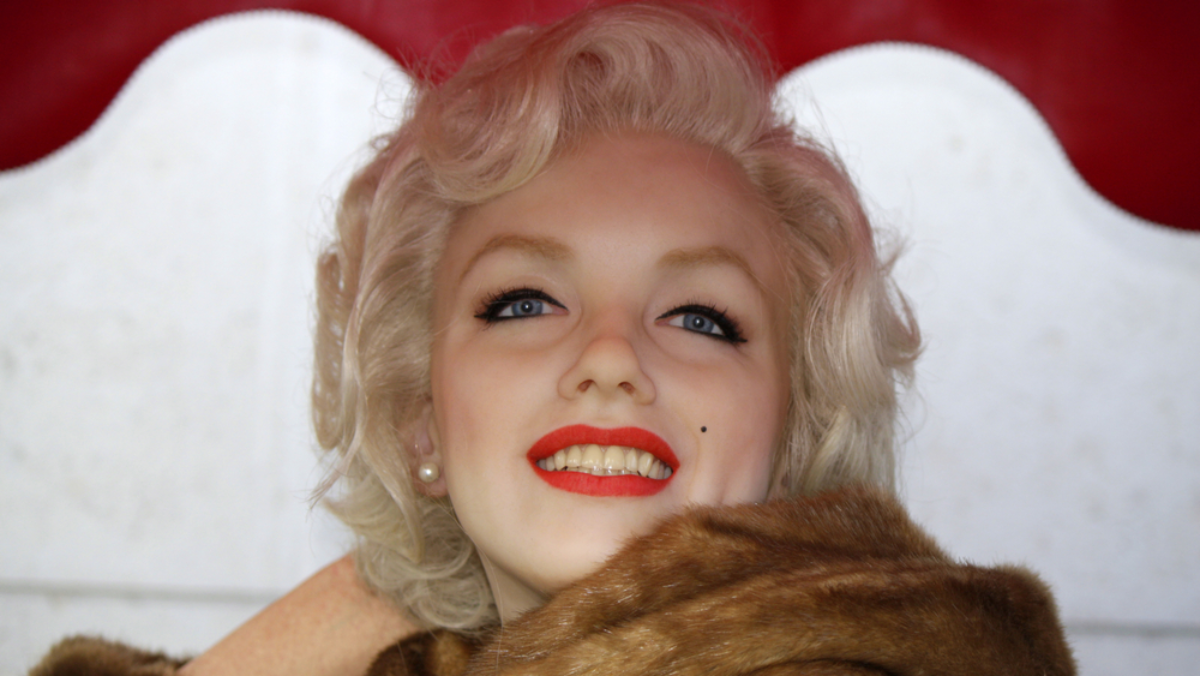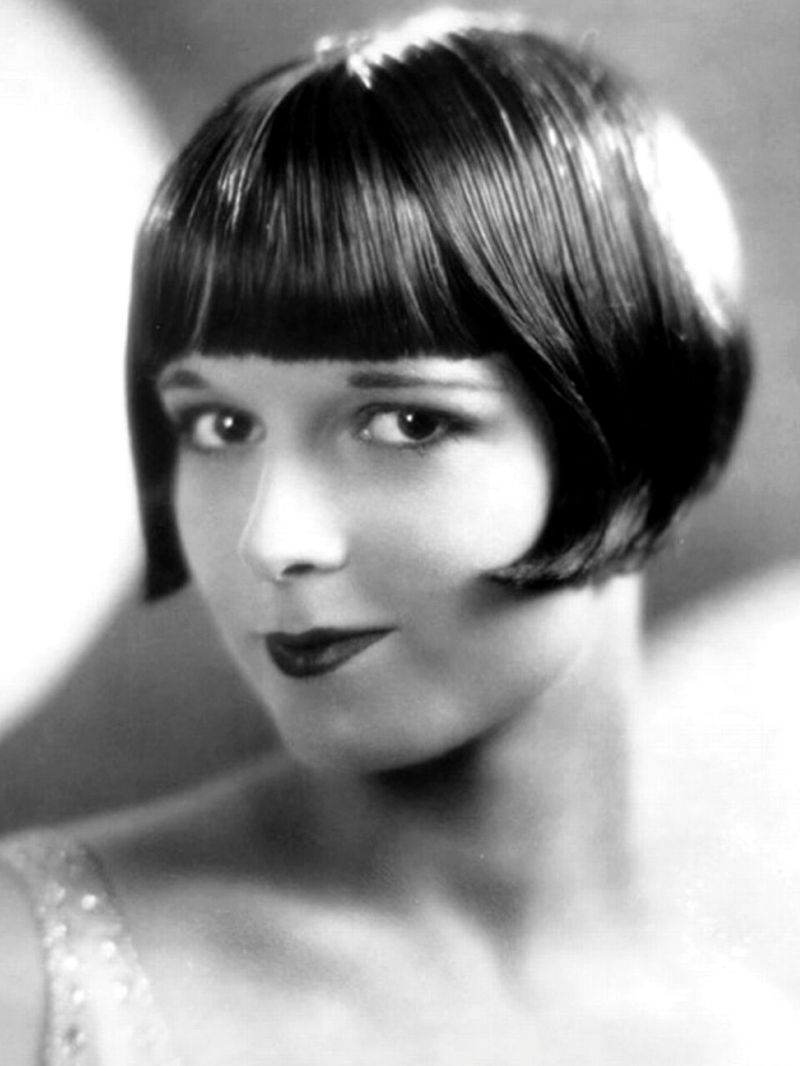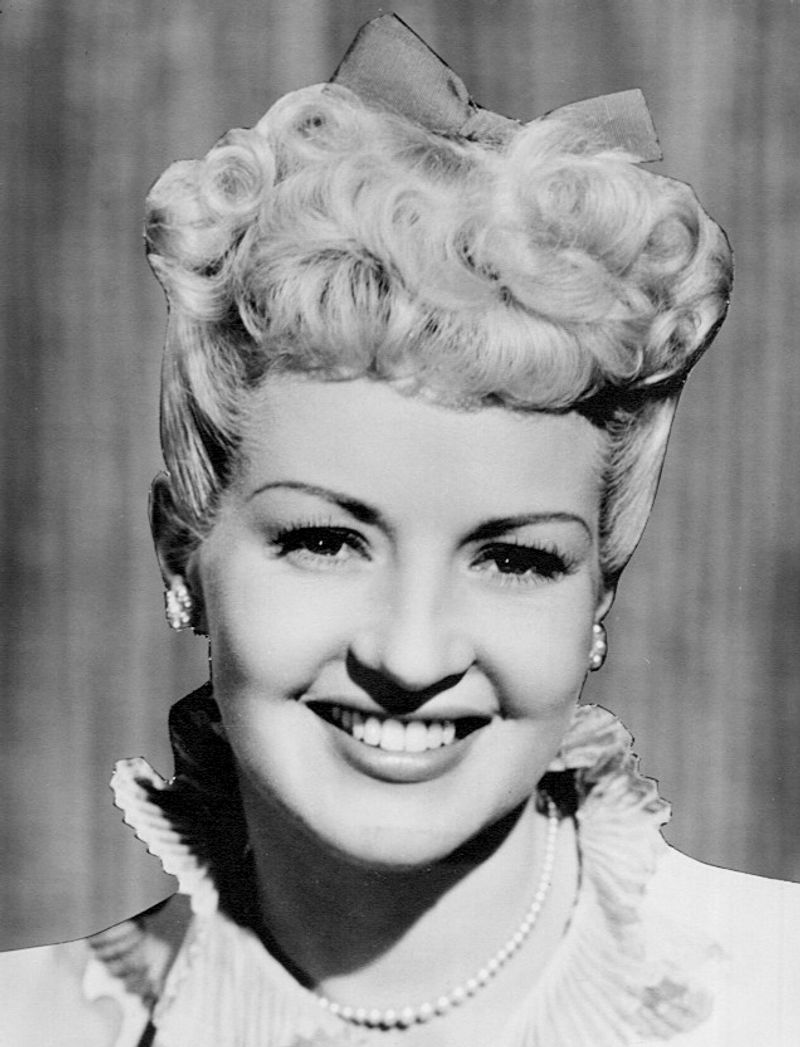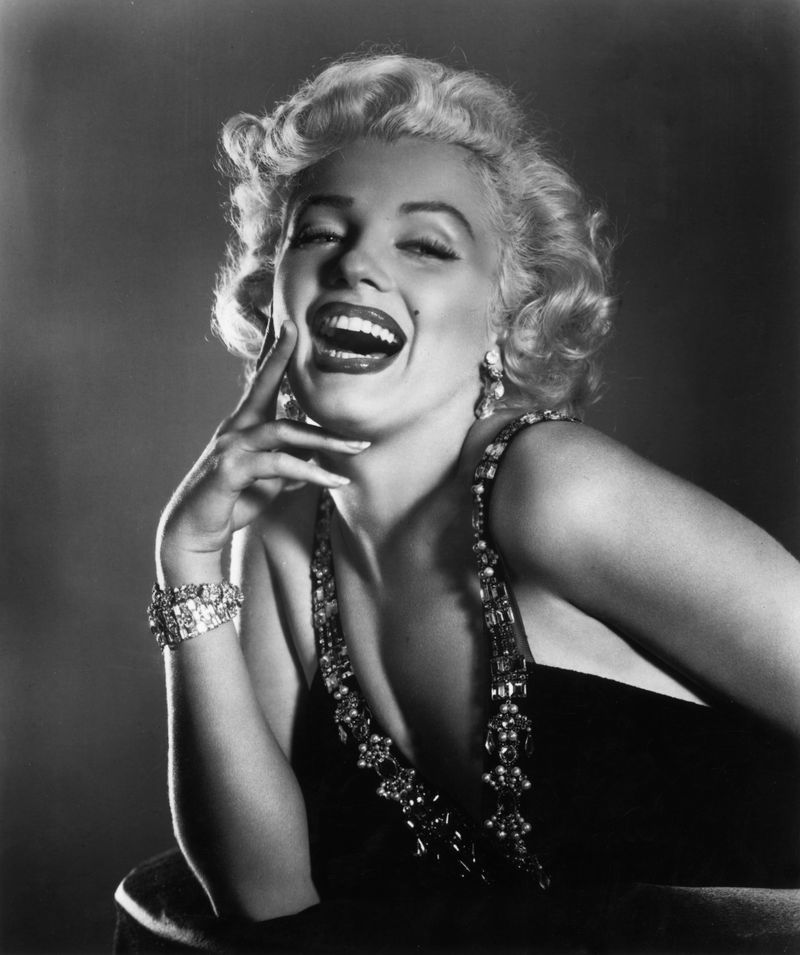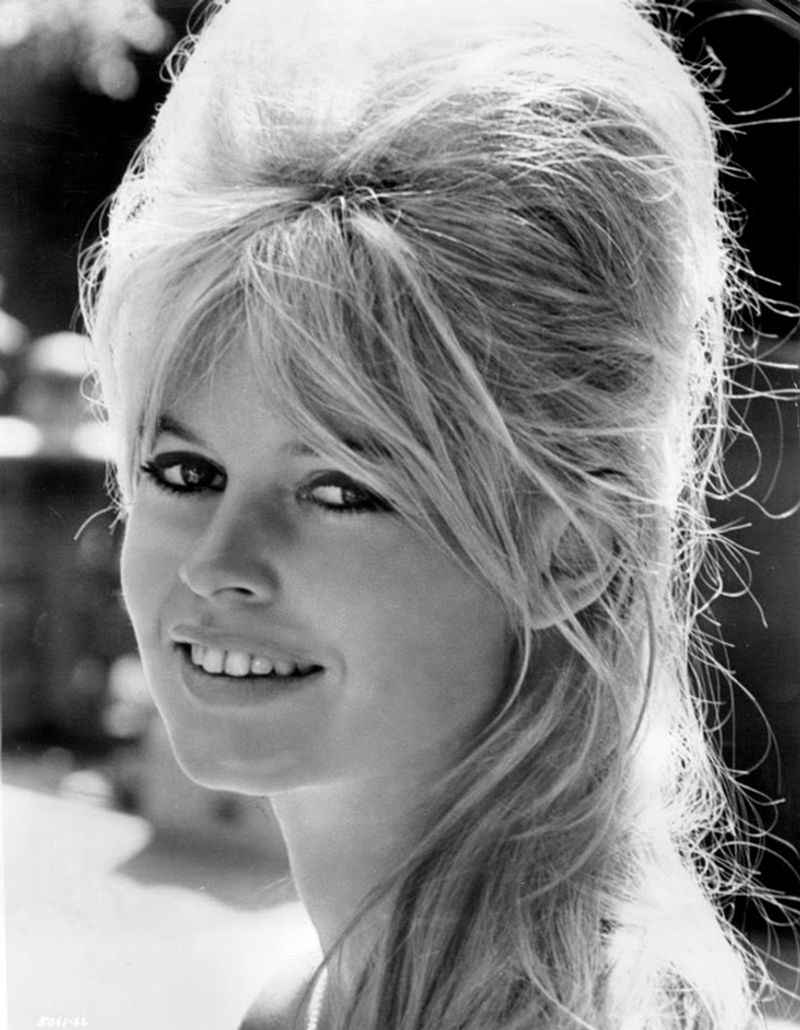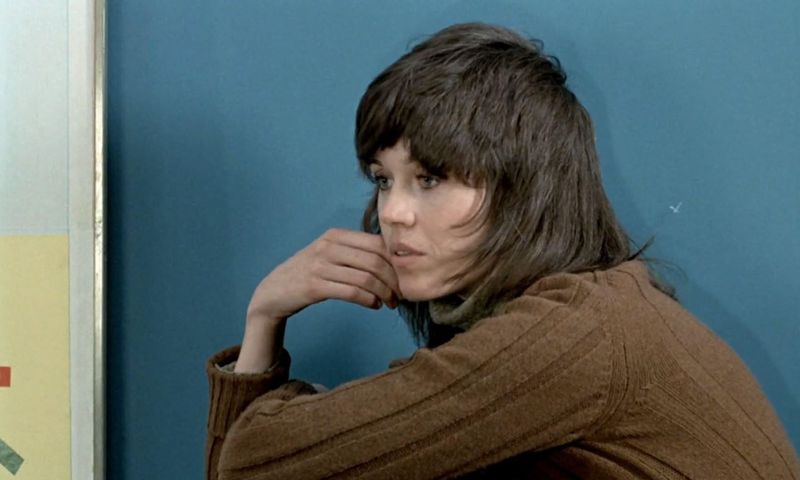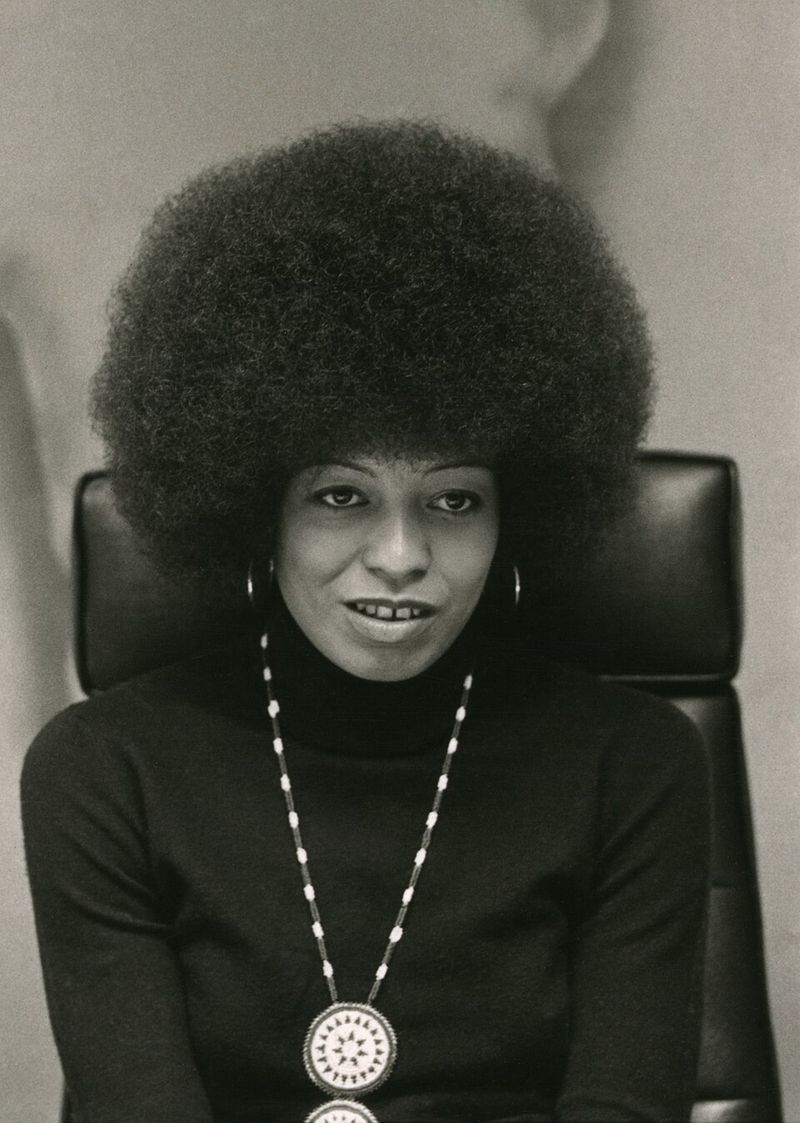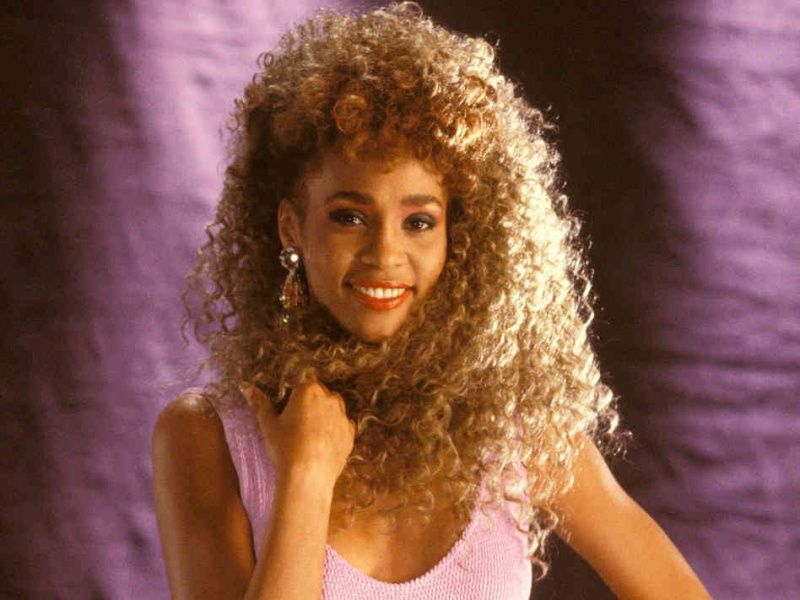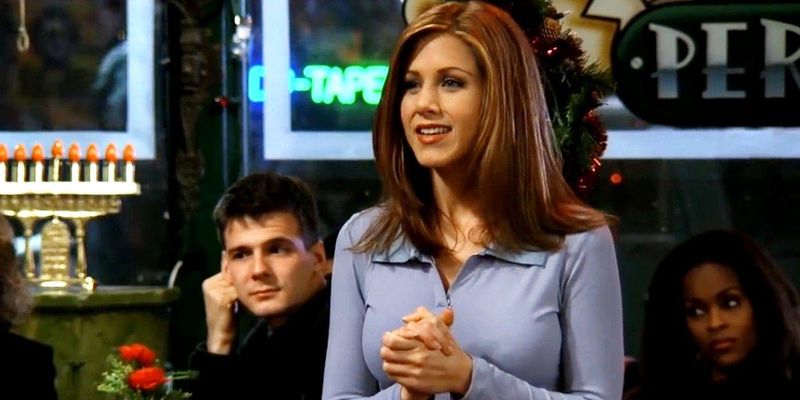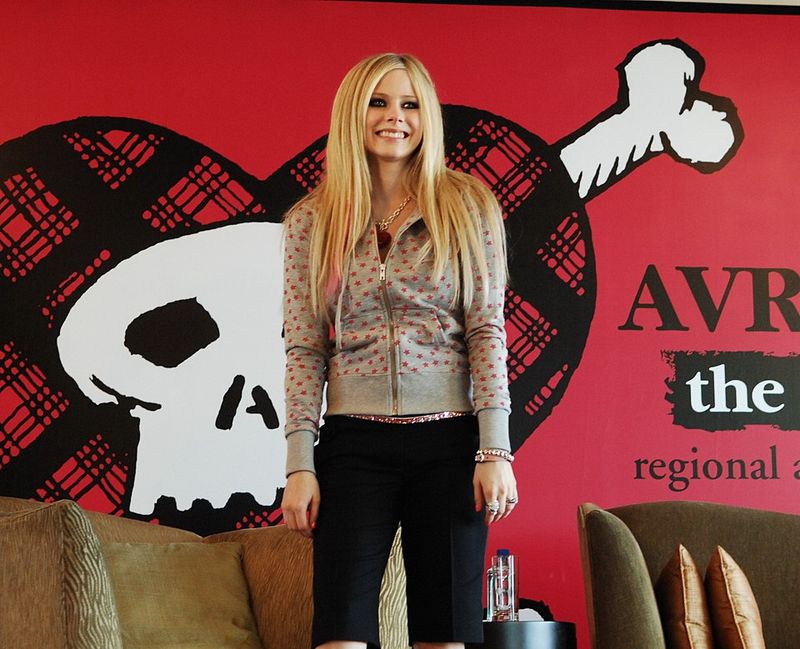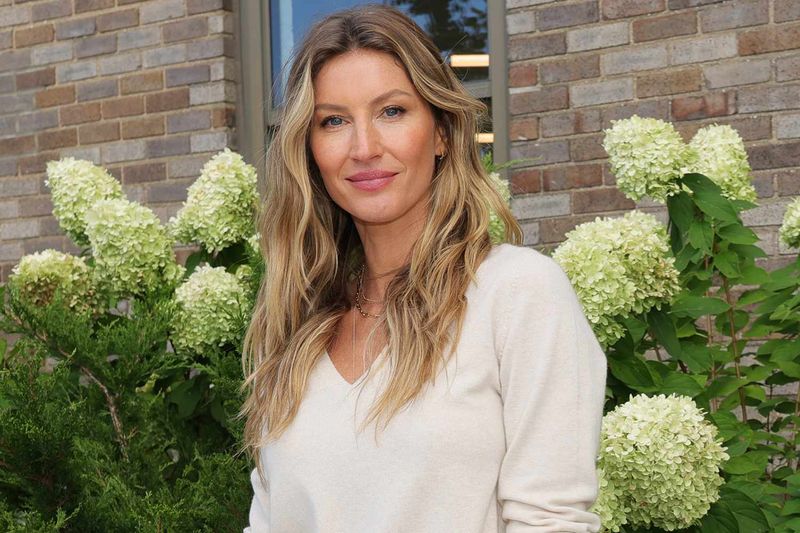Hair has always been more than just something on top of your head—it’s a way to express who you are and what you stand for. Throughout history, certain hairstyles became symbols of their time, representing freedom, rebellion, glamour, or change. From the bold bobs of the 1920s to the effortless waves of the 2010s, these iconic looks shaped fashion and culture in ways that still influence what we see today.
1. The Flapper Bob – 1920s
When women chopped off their long locks in the 1920s, it wasn’t just about fashion—it was a revolution. The bob represented freedom, independence, and a break from outdated traditions that told women how they should look.
Louise Brooks made this sharp, jaw-skimming cut famous with her dark, glossy bob that became the face of the Jazz Age. Suddenly, salons were packed with women demanding the same daring transformation.
Today, the bob remains one of the most popular cuts worldwide, constantly reinvented with modern twists like asymmetrical edges, blunt cuts, and textured layers that keep it fresh and relevant.
2. Victory Rolls – 1940s
Rolling sections of hair into tight, sculpted curls wasn’t just stylish during World War II—it was a sign of strength and hope. Women wore victory rolls to show resilience while their loved ones fought overseas.
Paired with bold red lips and workwear or elegant dresses, this glamorous look required skill and patience to achieve. It became a symbol of femininity meeting fortitude during one of history’s toughest times.
3. Hollywood Waves – 1950s
Soft, sweeping waves that looked like liquid silk defined the golden age of cinema. Stars like Marilyn Monroe and Grace Kelly made this elegant style the ultimate symbol of sophistication and grace.
Creating these waves required setting lotion, pin curls, and hours under a dryer, but the result was pure movie star magic. Every curl had to be brushed out just right to achieve that signature glossy finish.
Red carpets, weddings, and formal events still showcase Hollywood waves today because they deliver timeless elegance that photographs beautifully and makes anyone feel like royalty walking into a room.
4. The Beehive – 1960s
Sky-high and impossible to ignore, the beehive turned heads everywhere it went. This towering style required serious teasing, tons of hairspray, and a commitment to making a bold statement wherever you showed up.
Brigitte Bardot and Dusty Springfield wore variations that ranged from sweetly rounded to dramatically tall. The higher the hair, the closer to heaven—or at least that’s what it seemed like in the swinging sixties.
5. The Shag – 1970s
Choppy layers, tousled texture, and an effortlessly cool vibe made the shag the perfect hairstyle for the free-spirited 1970s. Jane Fonda’s feathered version in Klute became instantly iconic, while Stevie Nicks brought bohemian magic to the look.
Unlike the structured styles before it, the shag celebrated movement and individuality. It worked on nearly every hair type and didn’t demand perfection—messy was the whole point.
TikTok and runways have brought the shag roaring back with modern updates like wolf cuts and curtain bangs, proving that this laid-back style will never truly go out of fashion.
6. The Afro – 1970s
Big, bold, and unapologetically natural, the afro became much more than a hairstyle—it was a powerful declaration of Black pride and identity. During the civil rights movement, wearing an afro meant rejecting Eurocentric beauty standards and celebrating natural texture.
Icons like Angela Davis made the afro a symbol of resistance and strength. It represented freedom, heritage, and the beauty of embracing exactly who you are without changing for anyone.
7. The Big ’80s Hair
Bigger was always better when it came to 1980s hair. Mountains of volume, clouds of hairspray, and perms that defied gravity defined an entire decade obsessed with excess and bold self-expression.
Madonna’s wild, teased-out locks and Whitney Houston’s glamorous, voluminous curls showed that confidence came in king-sized packages. Women armed themselves with curling irons, crimpers, and enough Aqua Net to punch a hole in the ozone layer.
8. The “Rachel” – 1990s
One haircut on a sitcom character changed everything. When Jennifer Aniston debuted her bouncy, layered cut as Rachel Green on Friends, salons worldwide were flooded with requests for the exact same style.
The Rachel featured choppy layers that flipped outward, creating movement and volume that looked effortlessly cool. It worked beautifully on different face shapes and became the defining hairstyle of the entire decade.
Modern versions of this flattering cut are trending again, with stylists updating the layers and adding curtain bangs or softer textures that capture the same breezy, approachable charm that made it legendary.
9. The Emo/Scene Bangs – 2000s
Side-swept bangs that covered half your face weren’t just a hairstyle—they were an identity for a generation growing up on MySpace and pop-punk music. Choppy layers, bold colors, and perfectly straightened hair completed the look.
Paired with thick eyeliner and band tees, this style expressed teenage angst and individuality in the digital age. Spending hours straightening those bangs to achieve the perfect swoop was practically a rite of passage.
10. Beachy Waves – 2010s
Perfectly imperfect waves that looked like you just stepped off the sand became the signature style of the 2010s. Gisele Bündchen and Victoria’s Secret models made this effortless look the new standard of casual glamour.
Sea salt sprays, curling wands, and texturizing products helped recreate that windswept, carefree vibe without actually hitting the beach. The goal was to look naturally gorgeous without appearing like you tried too hard.
This relaxed style remains incredibly popular today for everyday wear, proving that sometimes the most lasting trends are the ones that make you look like the best, most relaxed version of yourself.
